17th-Century Bridge House That Was Built Right On Top Of A Bridge To Avoid Land Tax
If you ever find yourself in the Lake District, there’s one little building in Ambleside that you absolutely have to check out—Bridge House.
This tiny, quirky structure has been around since the 17th century, and it’s one of the most iconic spots in the area.
But it’s more than just a pretty photo op; it’s got a really interesting backstory.
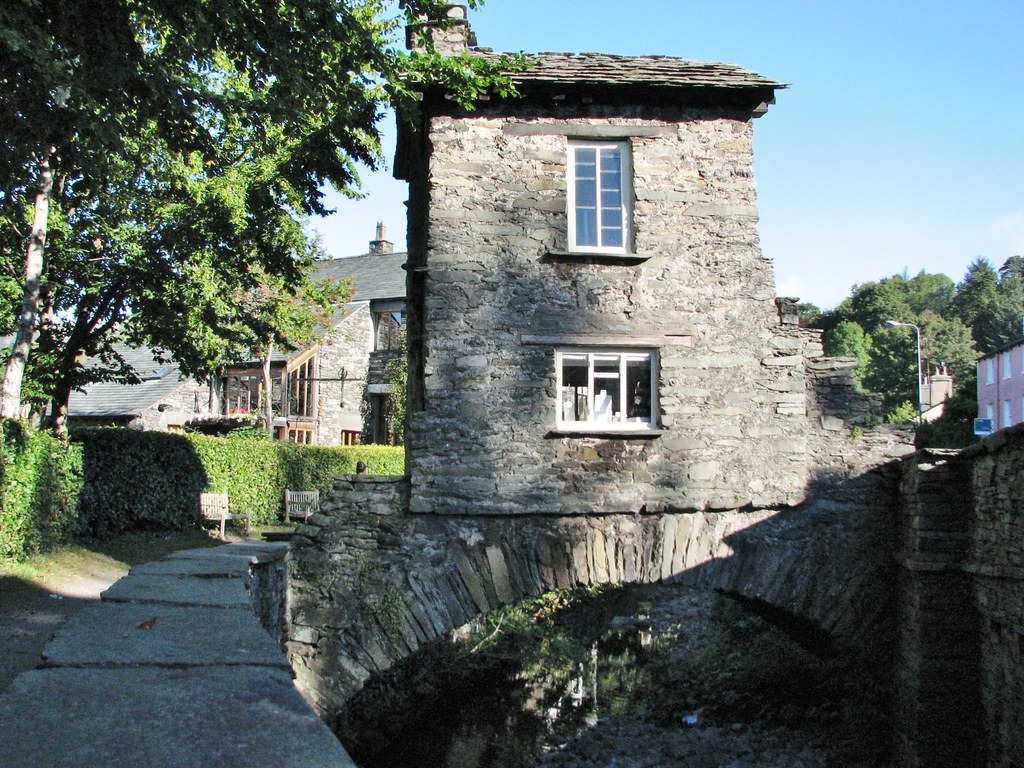
Bridge House: A Clever Solution to a Tax Problem
Bridge House was originally constructed as an apple store by the Braithwaites, an influential local family.
They owned a lot of land and needed a way to get to their property on the other side of Stock Beck without having to pay hefty land taxes.
Their solution? They built a small, two-room building right on top of a bridge that was already there, probably for centuries.
The building was originally used to store apples from their orchards, which were right around the house.
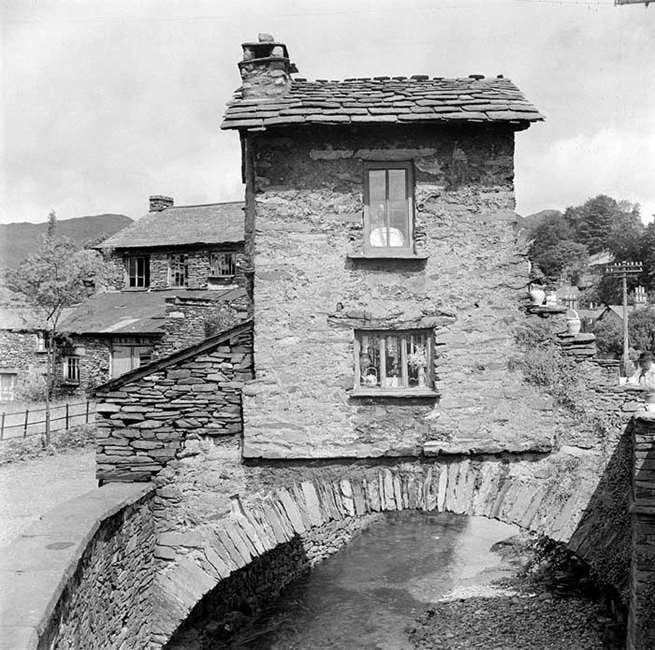
The house used to have doors on both sides, so you could actually walk through the building to cross the beck.
Eventually, they blocked off one of the doors to put in a chimney, but you can still see where that doorway used to be.
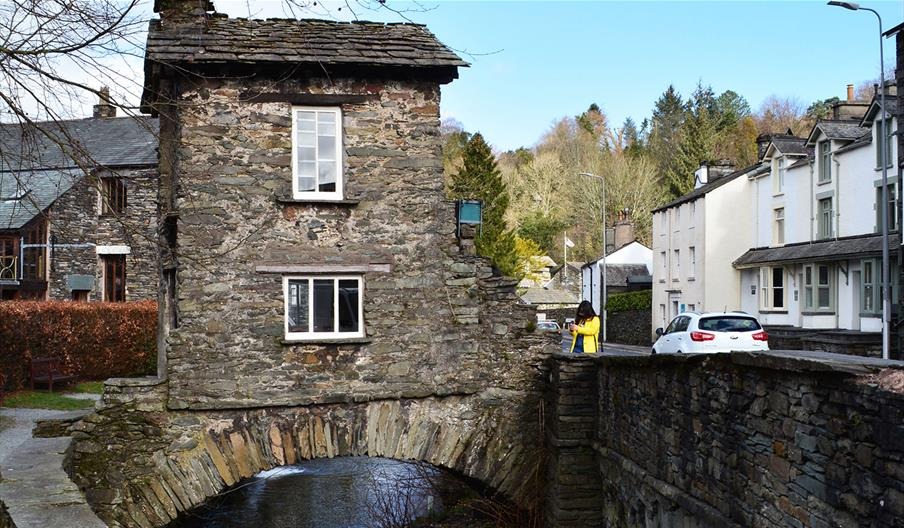
A Building with Many Uses
Throughout its long history, Bridge House has been put to a variety of practical uses.
It has served as a counting house for nearby mills, a weaving shop, a cobbler’s workshop, and even a tea room.
Astonishingly, it was once home to a family of eight.
Census records from the 19th century reveal that John Rigg, a local basket weaver, lived here with his six children.
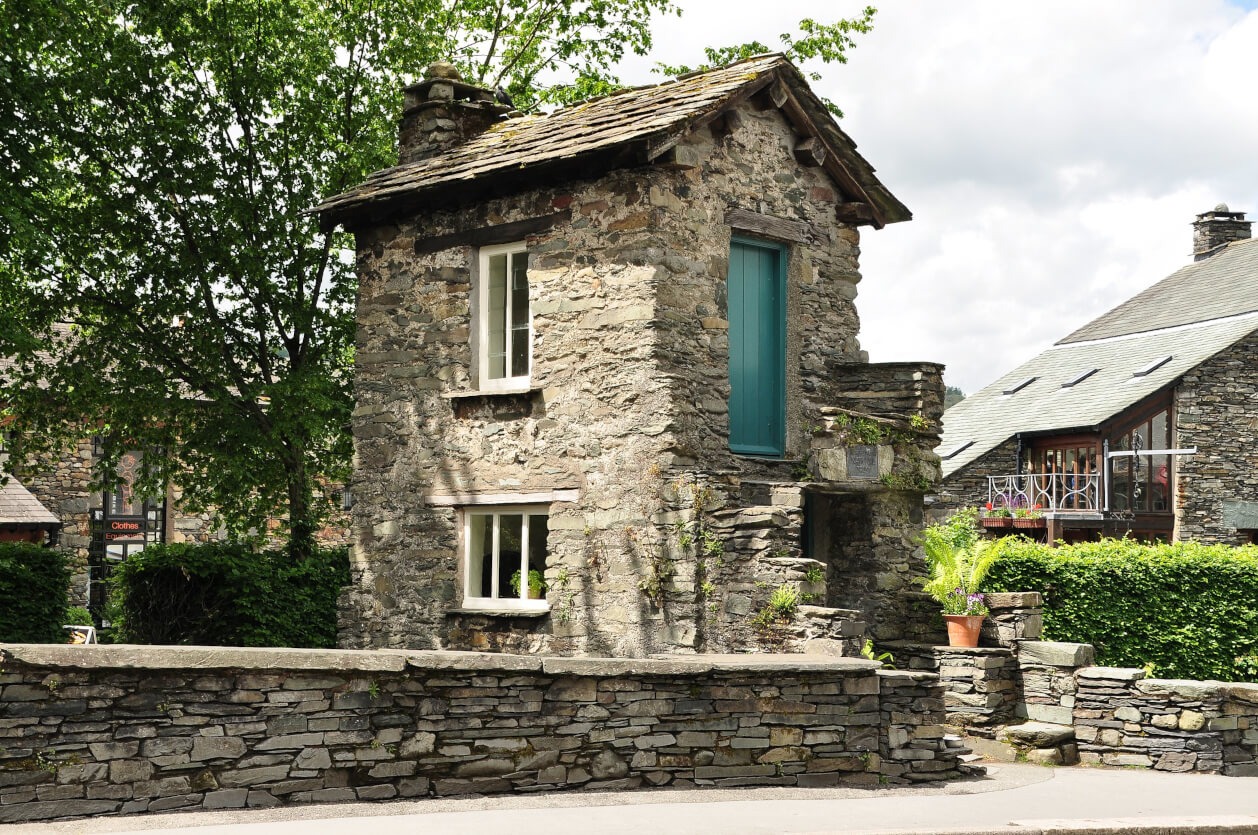
The National Trust now manages the building.
They have set it up to look like it might have during Rigg’s time, complete with rush-seated chairs, woven baskets, and tools for weaving.
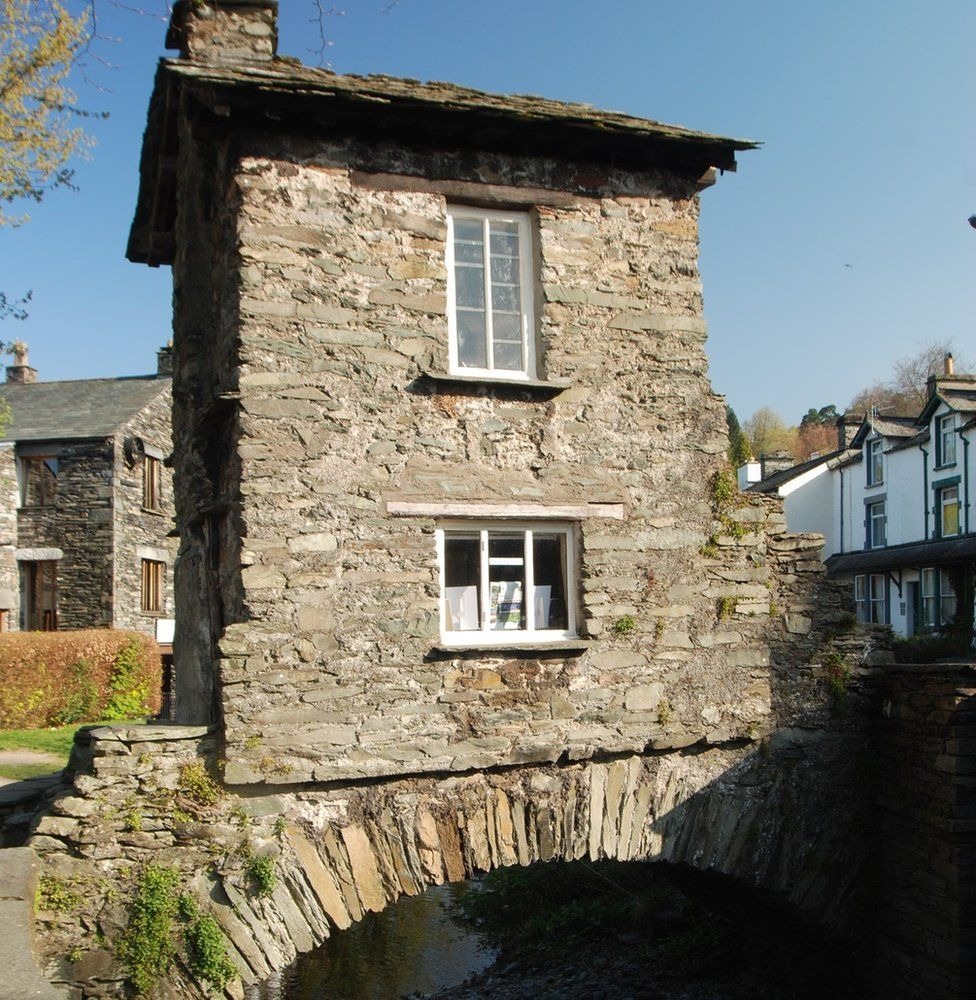
In the Victorian era, Bridge House became a popular tearoom.
That’s when they added the cast-iron stove that can be found in the ground-floor room today.
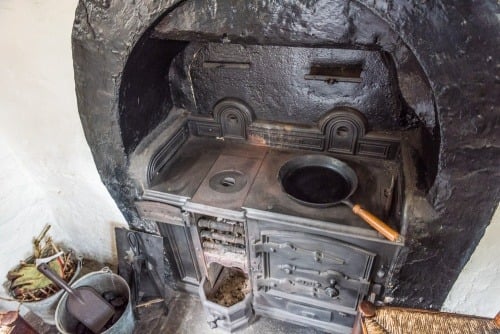
Inspiration For Artists
By this time, the building had already earned a reputation as a “curious relic,” attracting artists and writers who were inspired by its quaint charm.
Notably, the renowned painter J.M.W. Turner and the writer Harriet Martineau couldn’t resist its charm and used it as inspiration in their work.
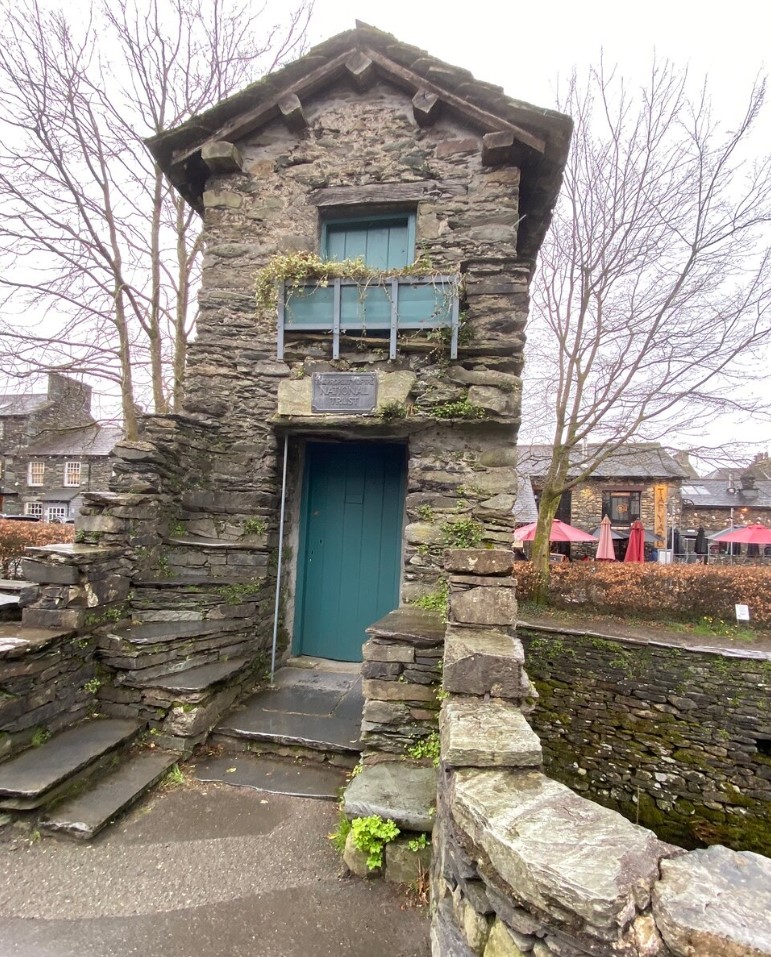
The Fight for Preservation
By the 1920s, Bridge House had fallen into disrepair, and its future was uncertain.
However, a group of local residents, including notable figures such as William Heelis—husband of the famous author Beatrix Potter—rallied to save the building.
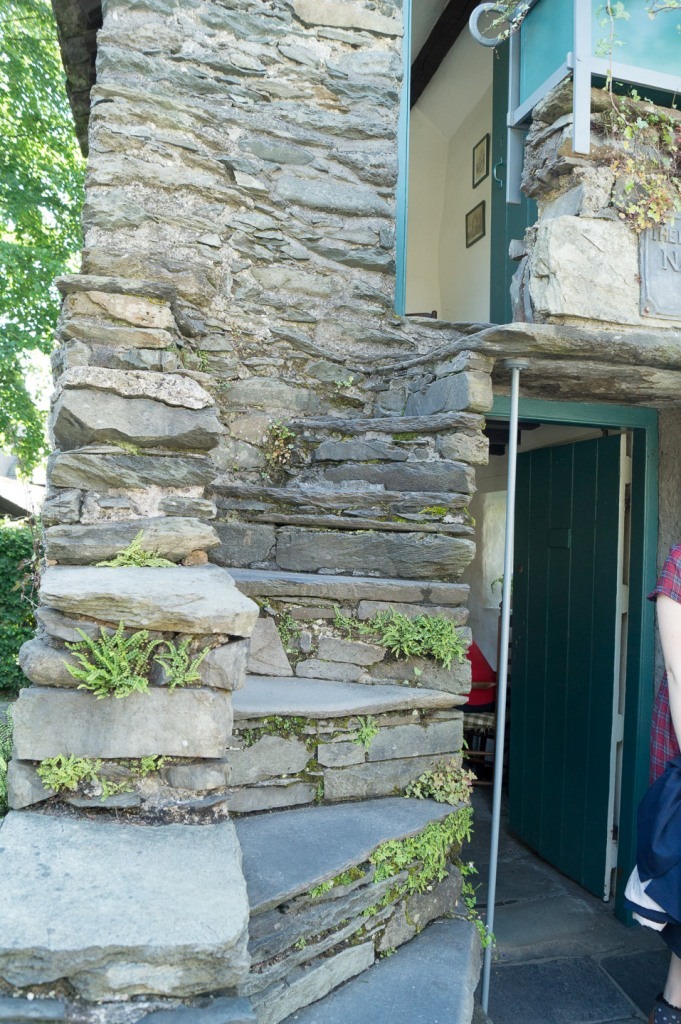
Through tireless fundraising efforts, they managed to purchase Bridge House and donate it to the National Trust.
The Trust later used it as their first information center in the Lake District, a role it served from 1956 onward.
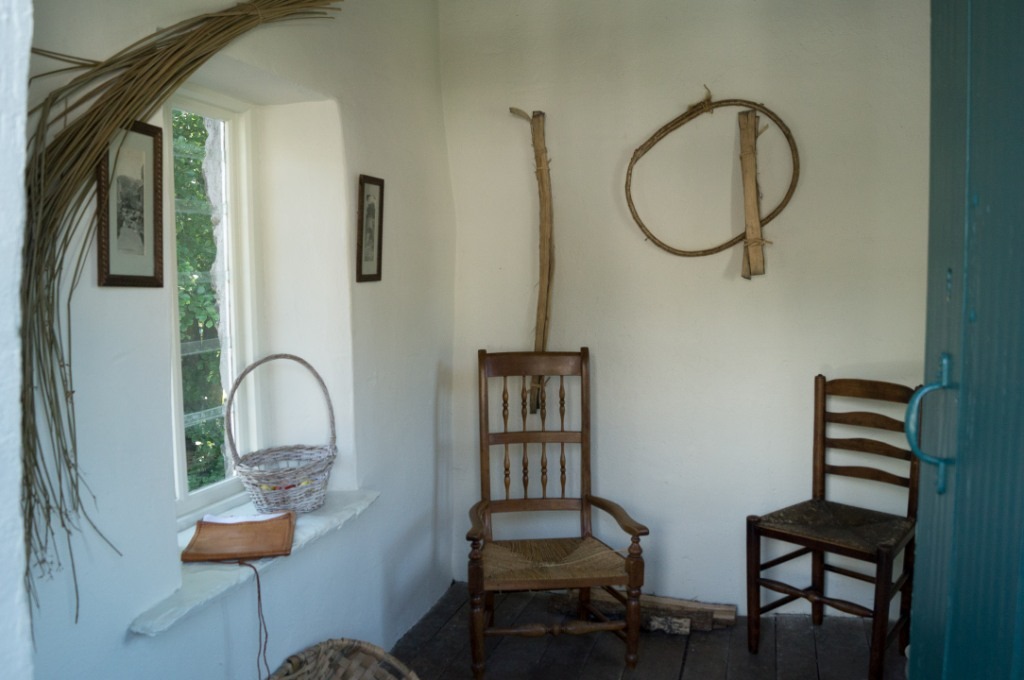
A Must-See in Ambleside
Today, Bridge House is one of the most photographed spots in the Lake District, and it’s a real symbol of the area’s history.
Visitors can explore the charming interior on selected days, where they’ll find the rooms furnished with period-appropriate items like rush-seat chairs, woven baskets, and a Victorian cast-iron range.
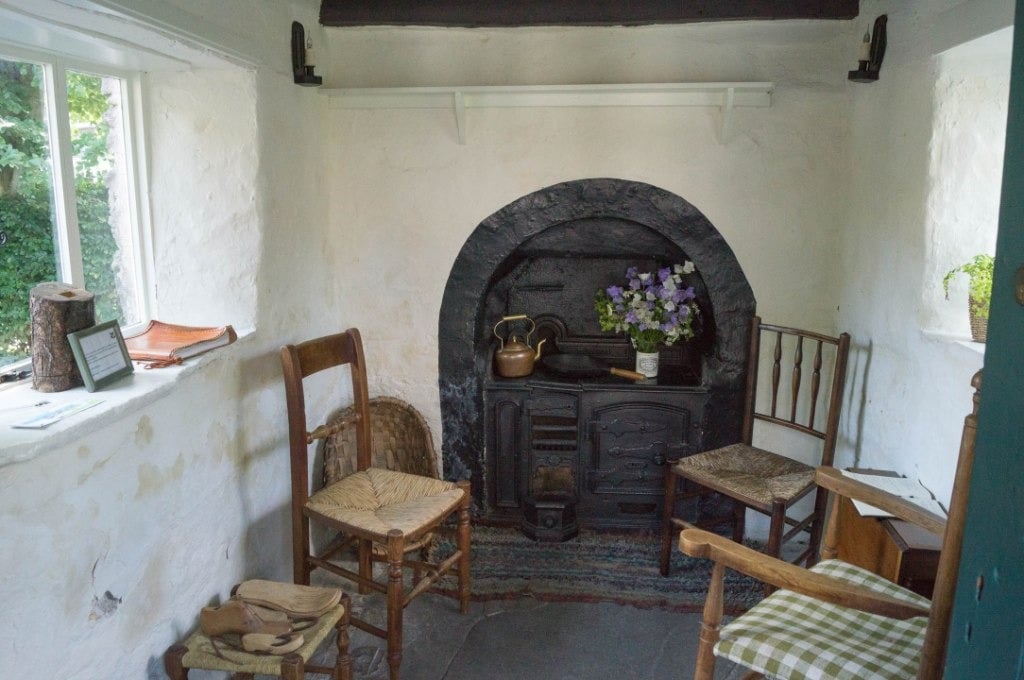
There’s usually a National Trust volunteer around to share some fun facts and stories about the building’s history.

